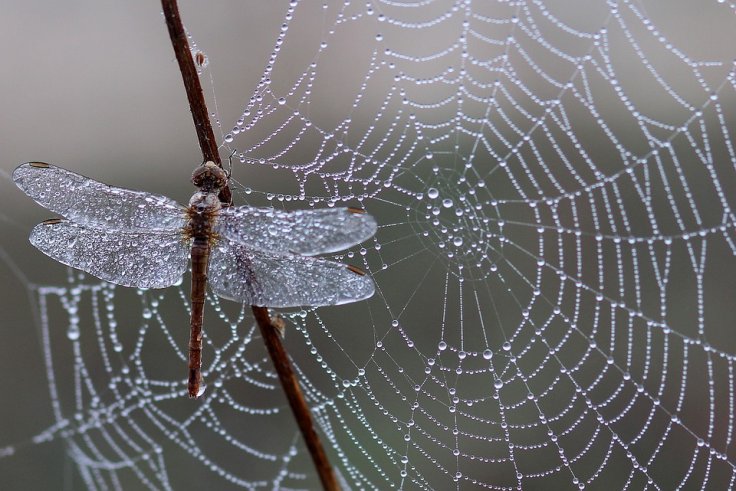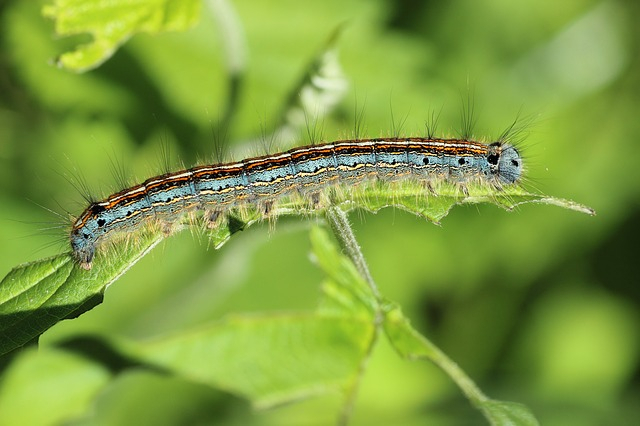Scientists warned that the populations of insects in different parts of the world are steadily declining every year. According to a study carried out by scientists, population decline is happening in areas that are largely affected by human activity.
The study was published in the journal Science. It features an analysis of long-term surveys conducted on insect populations from 1925 to 2018.
Decline Of Insect Populations

Over the course of this period, over 166 surveys were carried out in 1,676 different sites. After analyzing the data collected through the surveys, a team of scientists discovered that about 0.92 percent of insect populations have been declining every year. This data translates to a decline of nine percent every 10 years. Although 0.92 percent a year doesn't seem a lot, insect populations will suffer a drastic decrease in the future if this trend continues. In about 30 years, the entire population will drop by about 24 percent. Then, in 75 years, the scientists projected that the insect population could decrease by about 50 percent.
"Insect declines happen in a quiet way and we don't take notice from one year to the next," ecologist Roel van Link of the German Center for Integrative Biodiversity Research and lead author of the study said in a statement. "It's like going back to the place where you grew up. It's only because you haven't been there for years that you suddenly realize how much has changed, and all too often not for the better."

Affected Insect Species And Habitats
After going through their data, the scientists were able to identify the types of insects that are most affected by the population decline. According to the study, flying and ground-dwelling insects experienced the most significant decline in population. Many of these types of insects live in areas affected by urbanization and human activity, which have been identified as the regions where population declines occur the most.
Insects that live in trees, on the other hand, have relatively stable populations according to the survey. Most of these kinds of insects live in protected sites, which means they are unaffected by the presence and activities of humans.









